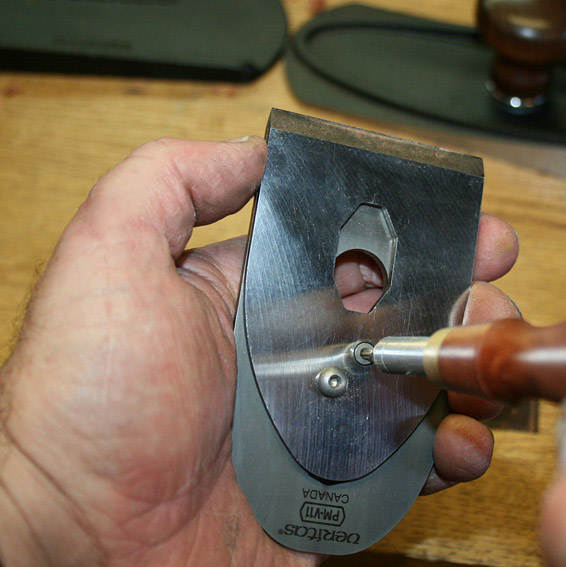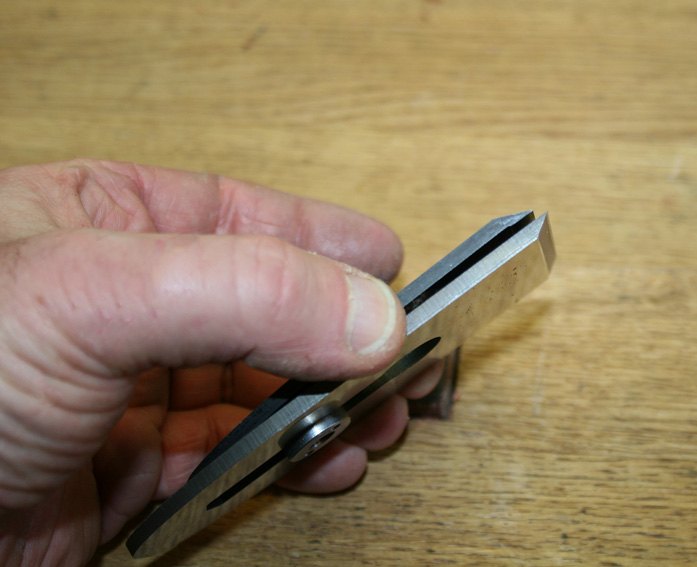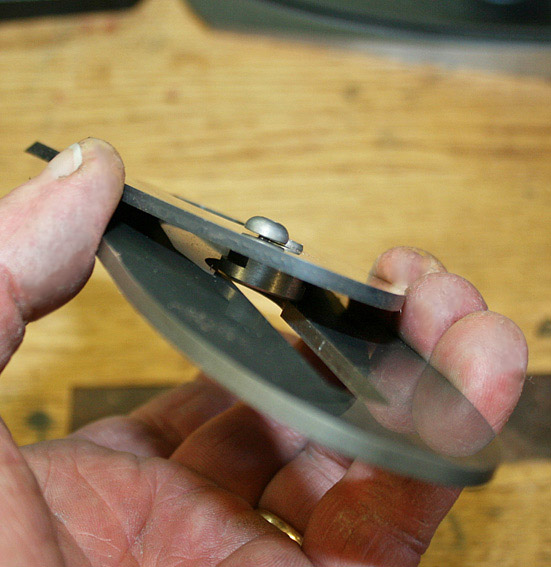Hi,
Nice review by Dereck, as usual.
I'm wondering about these new custom bench planes, in fact a bout 2 points, and would like to get some feedback :
Do you have to remove the blade carrier to hone it in a guide (like LV make 2), or is it after the jaws of it ?
And for the jointer specifically, on the toe, the casting seems to be rounding in ellipse. So how does is affect the use ?
I thinking about edge planing (no issue for surface planning). I usually shift the plane on one side or the other to get it square (using curved blade). But doing so with this plane sole form would change the length of sole laying on the edge ? From what I see 1 or 2 inches, hard to say while not having a chance to hold one in hand before buying

Anyone having thoughts or experience about this point (or maybe a picture of soles side to side to see the difference) ? Probably not an issue, but worth asking when in the market for a jointer plane.
Thank you.
Regards,
Erwin.







 Reply With Quote
Reply With Quote









